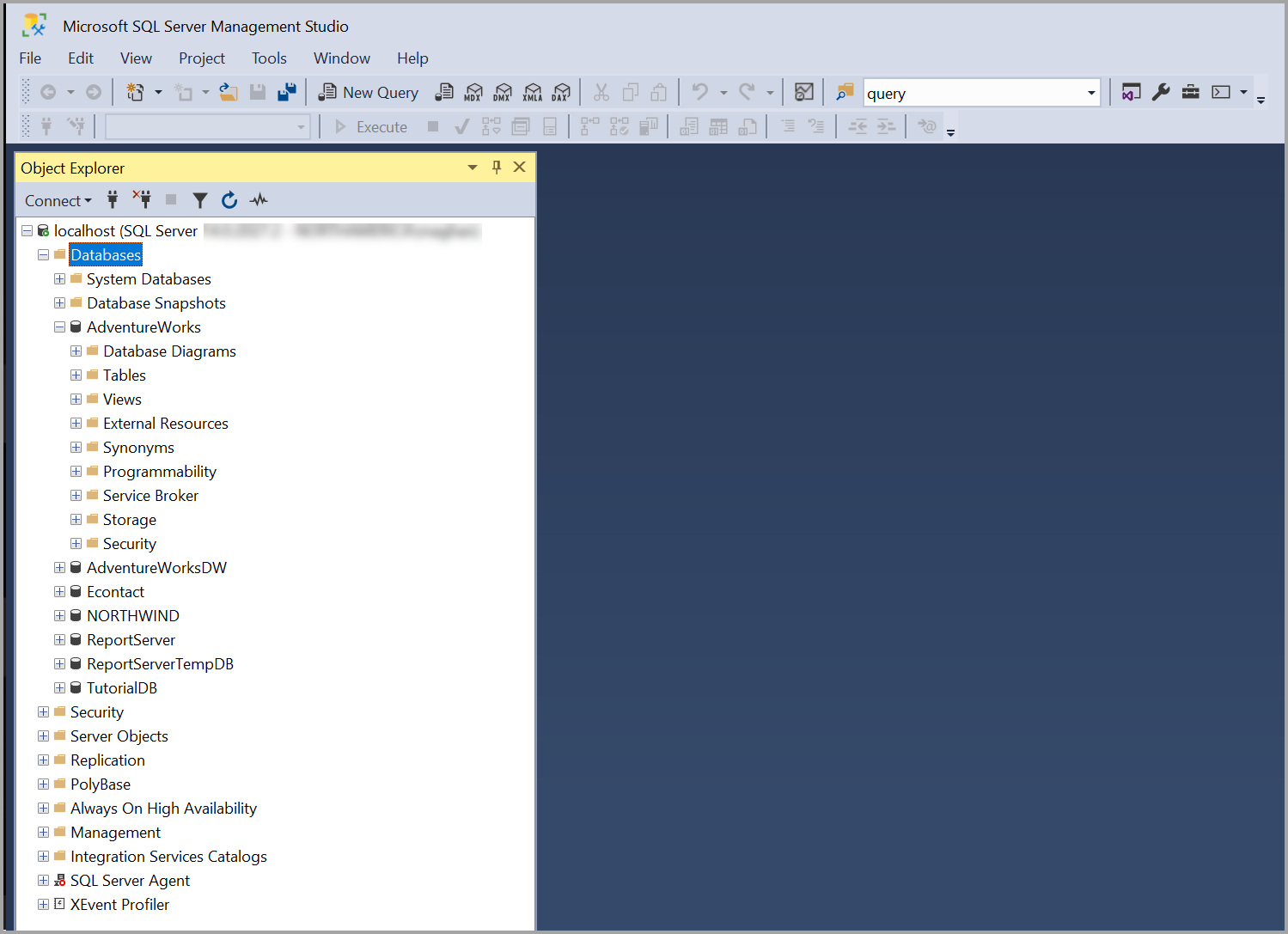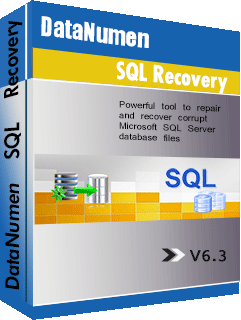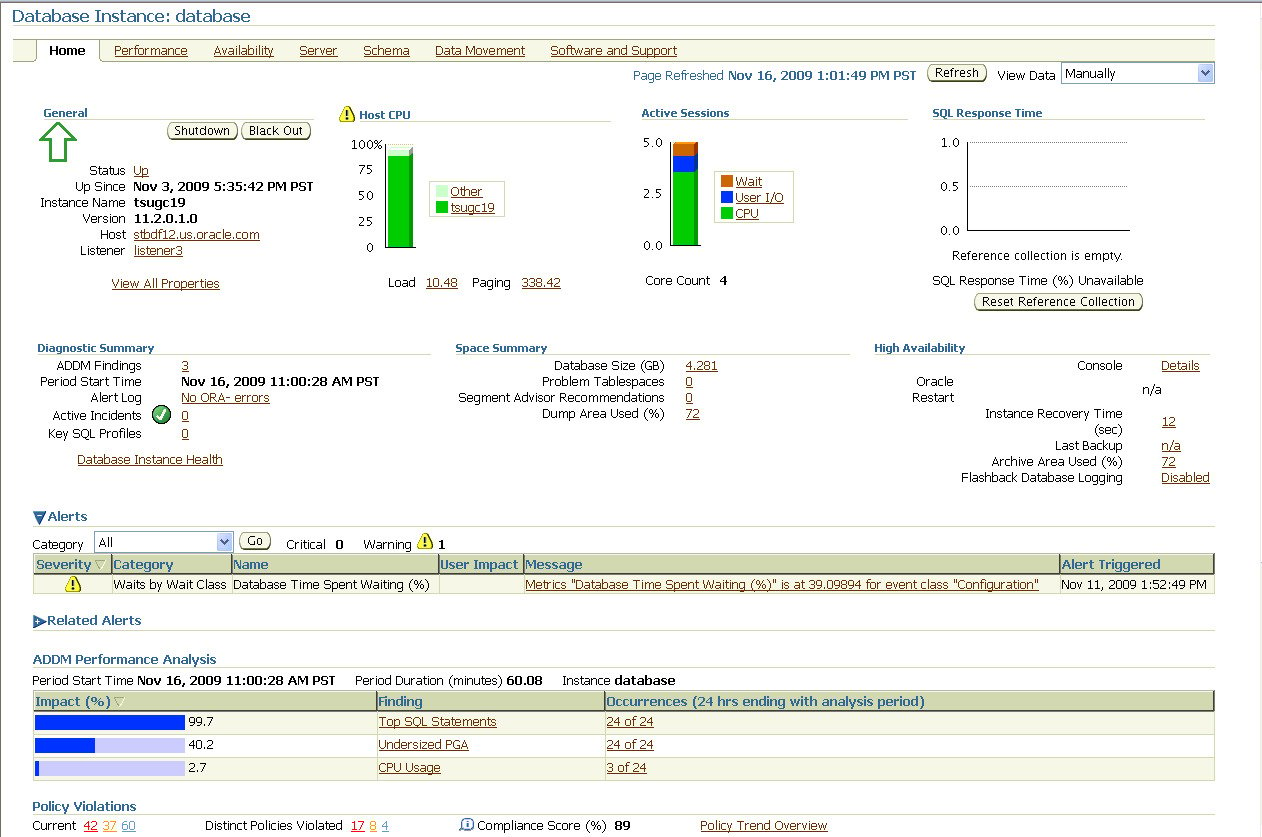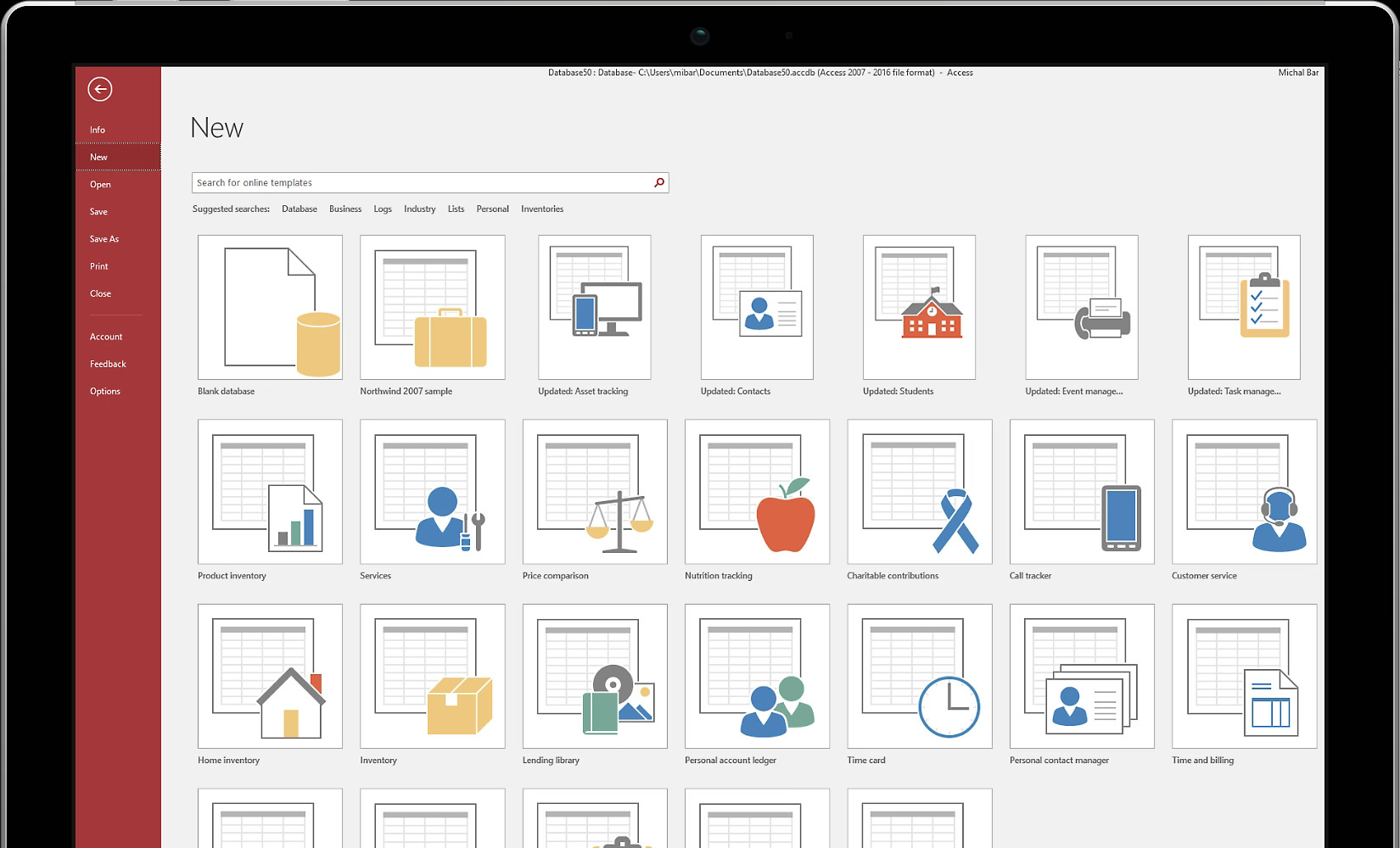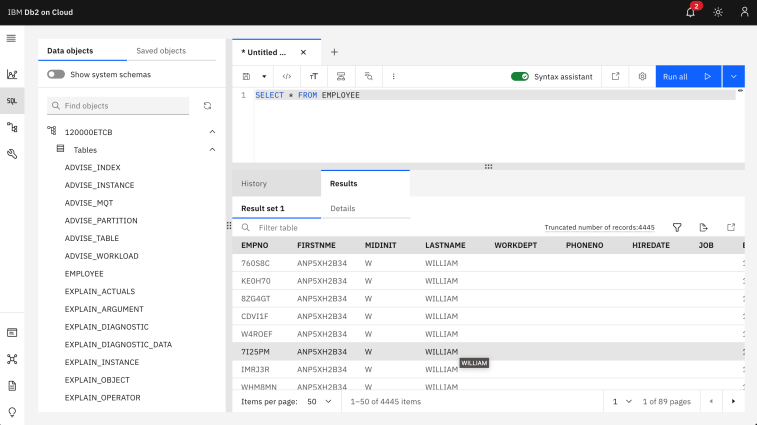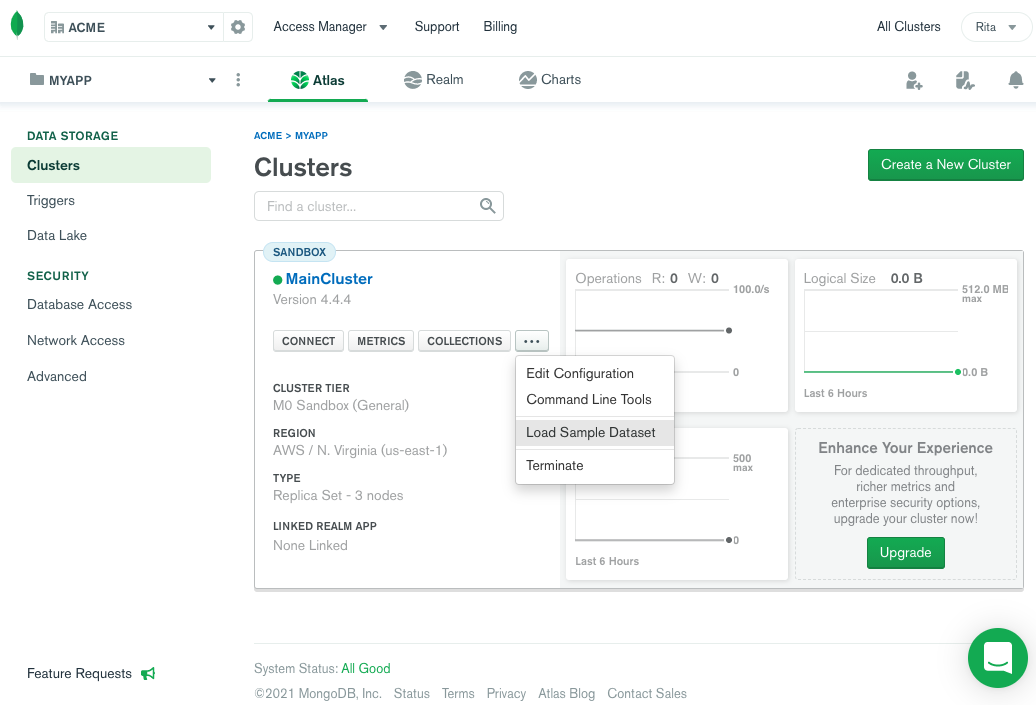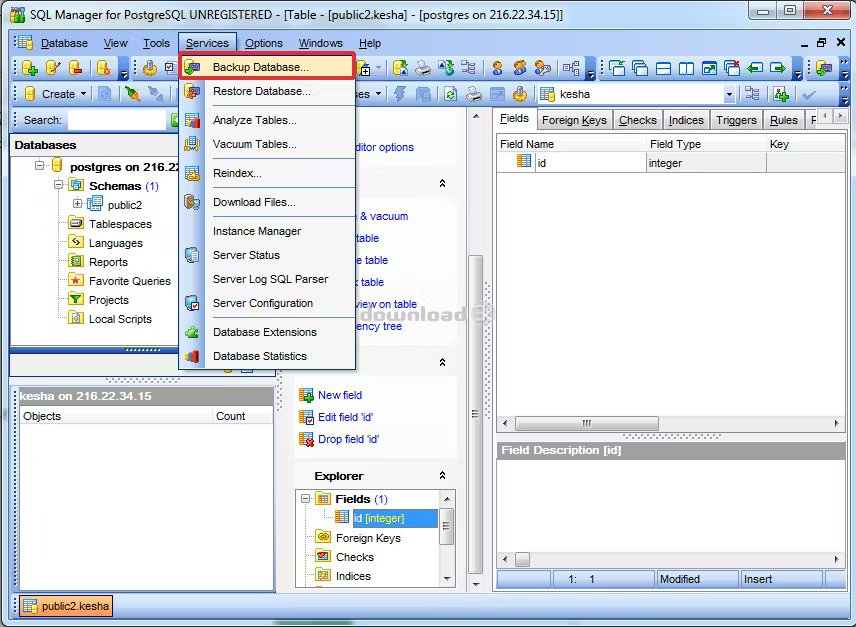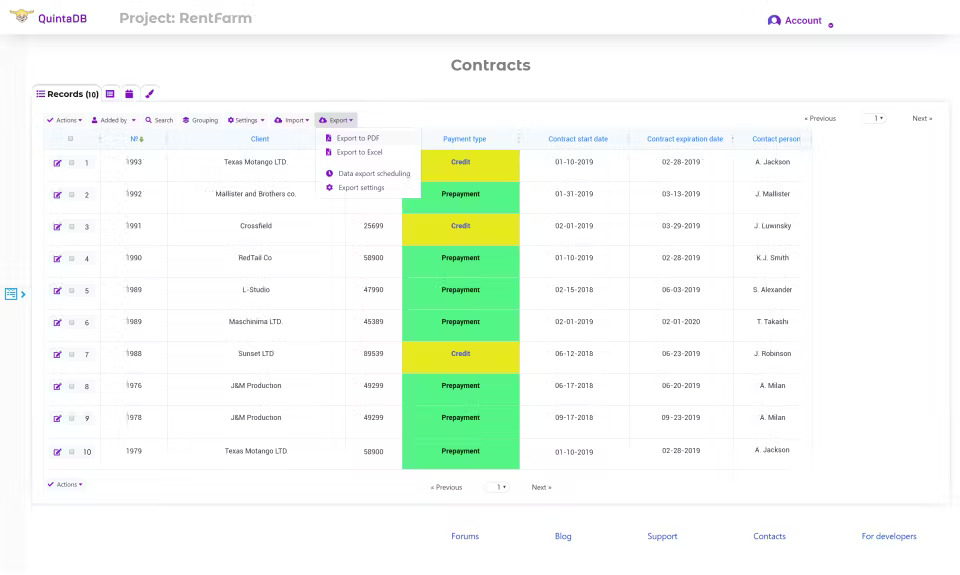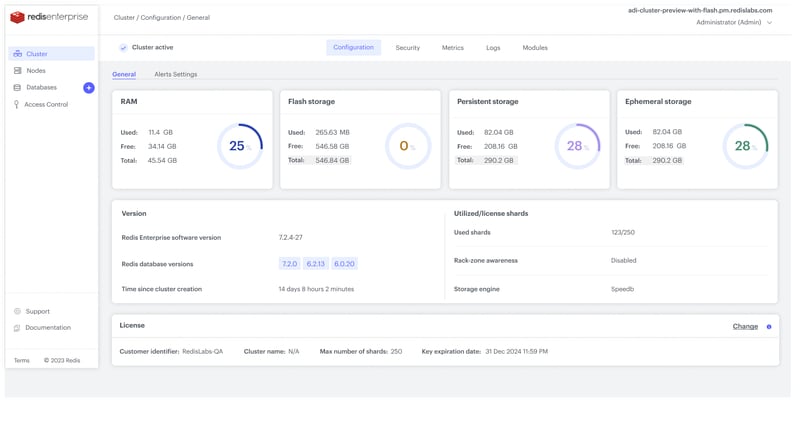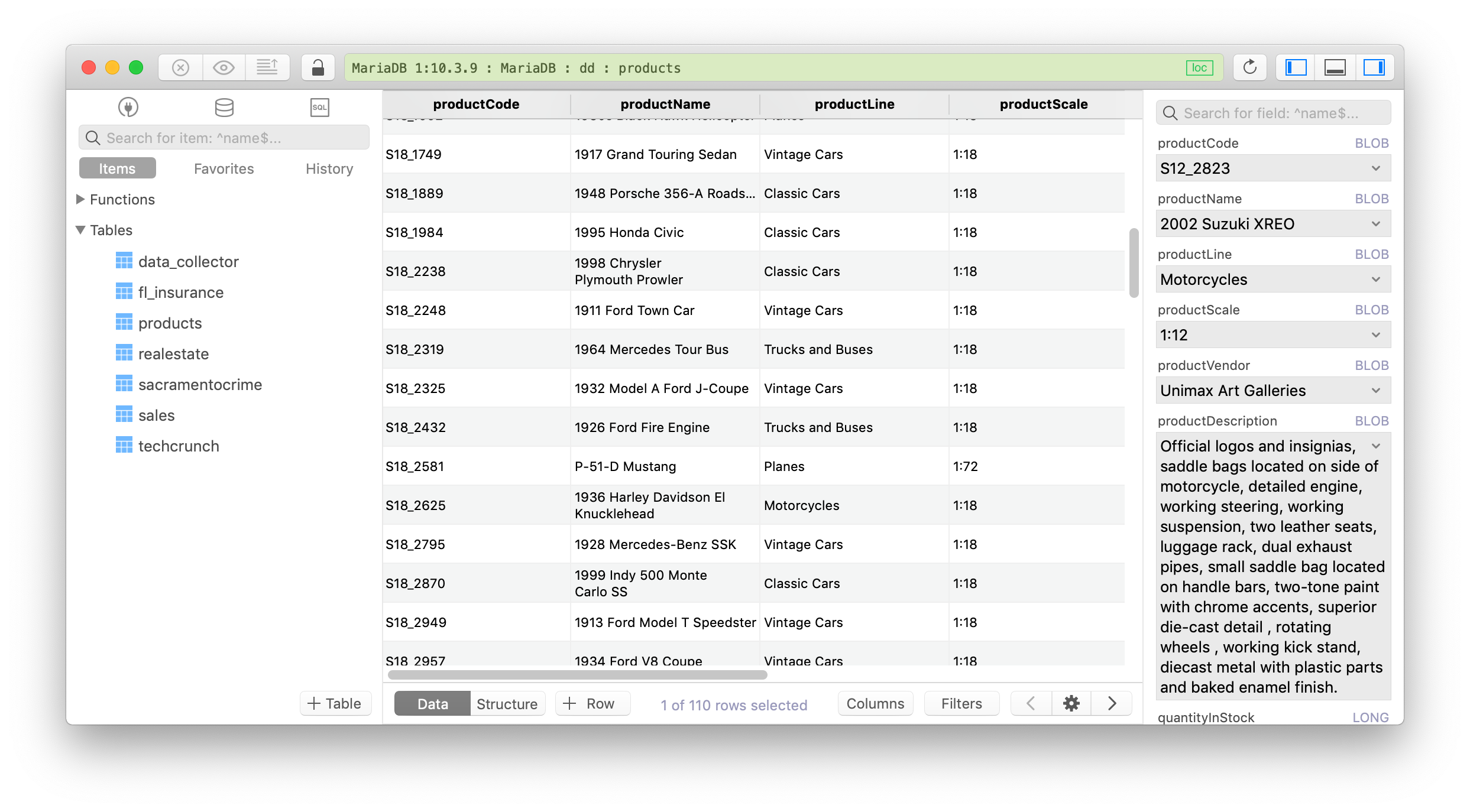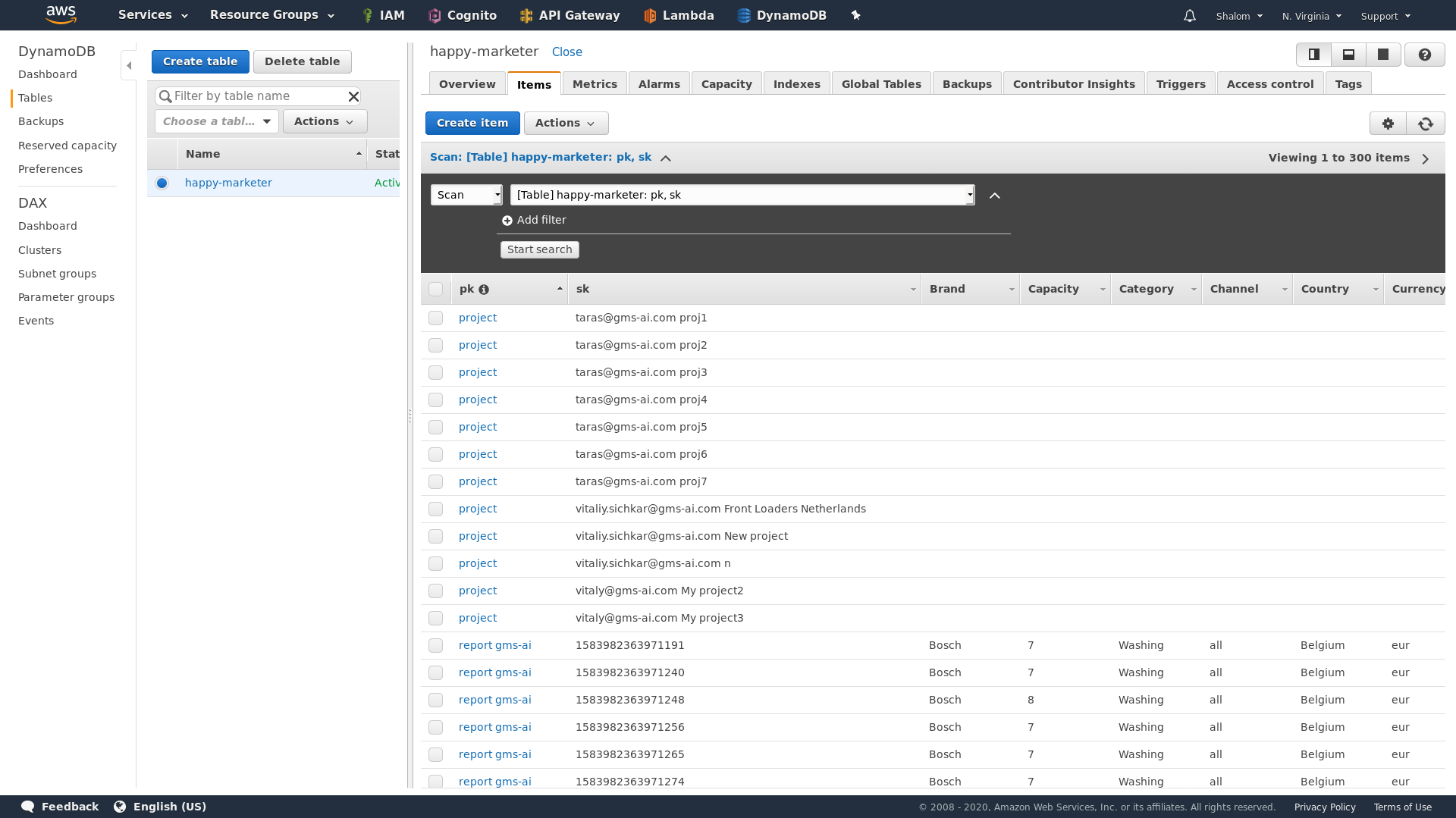1. Introduction
In today’s digital age, data is the lifeblood of businesses and organizations around the globe. The ability to efficiently manage and process this data sets successful enterprises apart from the rest. This is where Database Management Systems (DBMS) come in.

1.1 Importance of Database Management System
A Database Management System functions as an interface between users and databases, ensuring that data can be easily stored, retrieved and manipulated. It organizes data in a structured manner, supporting various tasks such as backup, security, and data integrity. DBMS aids in overcoming the challenge of data inconsistency and brings a systematic approach to manage user’s data.
1.2 Objectives of this Comparison
The goal of this comparison is to evaluate popular Database Management Systems in terms of their advantages and disadvantages. This guide seeks to provide a balanced view on each DBMS, catering to your business needs. By the end, you should have a clearer understanding of which DBMS may be the best fit for your organization.
2. Microsoft SQL Server
Microsoft SQL Server is a comprehensive, advanced and highly efficient Database Management System. It is majorly used by large enterprises for its capability of handling large amounts of data, and its wide array of built-in features for data analysis and reporting. This software provides different solutions for different data management tasks.
2.1 Pros
- Scalability: SQL Server is renowned for its capability to manage large and complex databases, making it an excellent choice when scalability is a key consideration.
- Data recovery: Microsoft SQL Server has strong safety mechanisms and backup solutions to prevent data loss and ensure data recovery, ensuring that valuable information is not lost.
- Security: With robust security features, SQL Server provides database administrators with fine-grained control to ensure data protection.
2.2 Cons
- High cost: Licensing and maintenance costs can be relatively high, which might deter small to medium-sized businesses from using this software.
- Complexity: Due to its intricate features and capabilities, SQL Server can be complex to manage and requires a high degree of knowledge and expertise.
- Hardware requirements: SQL Server performance can be hampered if the hardware does not meet recommended specifications, which are typically high.
2.3 Recover SQL Server Database
You also need a professional tool to recover SQL Server databases if they are corrupt. DataNumen SQL Recovery has proved to work well:
3. Oracle
Oracle DBMS is one of the world’s leading database systems, widely used in large enterprises and corporations due to its ability to handle vast amounts of data efficiently. Known for its speed, reliability and strong scalability, Oracle provides comprehensive solutions for database management, data warehousing and data processing.
3.1 Pros
- High Performance: Oracle has a reputation for delivering excellent performance even when handling massive databases.
- Scalability: Oracle can be scaled to handle high loads of data, making it suitable for large enterprises.
- Data Security: It offers robust security features that provide data protection and ensure regulatory compliance.
3.2 Cons
- Costly: Oracle’s license and maintenance fees are among the steepest in the market, which might not be affordable for small to medium-sized businesses.
- Complex: Oracle’s vast and intricate features can be complex to use, requiring significant technical knowledge.
- Hardware Specifications: Performance can be affected if the hardware does not meet Oracle’s specific requirements, calling for substantial investment in hardware.
4. Microsoft Access
Microsoft Access is a user-friendly and efficient Database Management System, predominantly used for small-scale applications. Part of the Microsoft Office suite, it offers an intuitive interface for designing and managing databases. Microsoft Access is ideal for personal use and small businesses with limited data.
4.1 Pros
- User-friendly: Access is easy to use, and does not require advanced technical skills to manage databases because of its intuitive graphical user interface.
- Integration: Being part of the Microsoft Office suite, Access can be easily integrated with other Microsoft products like Excel, Word, Outlook, etc.
- Cost-efficient: Microsoft Access is less expensive in comparison to other DBMS tools available in the market.
4.2 Cons
- Limited scale: MS Access isn’t suitable for larger databases and complex applications due to its limitations in handling larger volumes of data.
- Performance: While ideal for small-scale operations, Access may experience performance issues when dealing with larger databases.
- Less Secure: Compared to other large-scale DBMS tools, Access has less robust security features.
5. IBM Db2
IBM Db2 is a high-performance enterprise database system that provides a flexible and efficient environment for managing data. It is often chosen by large corporations for its advanced features, reliability, and ability to work seamlessly under high workloads.
5.1 Pros
- Performance: Db2 is renowned for its excellent performance capabilities, particularly when dealing with large amounts of data.
- Integration: Db2 seamlessly integrates with other IBM products, allowing organizations to utilize data across various applications.
- Data compression: This feature in Db2 can save storage space, and also improve performance by reducing I/O operations.
5.2 Cons
- Cost: IBM Db2 is an enterprise-level solution, and thus, its licensing, implementation, and maintenance costs can be high.
- Complexity: Db2’s wide array of functionalities and features can be complex to use and requires a higher degree of technical expertise.
- Less user-friendly: Compared to some other DBMS, the user interface of Db2 is often considered less intuitive and user-friendly, which can lead to a steeper learning curve.
6. MongoDB Atlas
MongoDB Atlas is a fully-managed cloud database developed by MongoDB. It is highly regarded for its flexible document data model, which makes it a perfect fit for modern applications. Known for its scalability, MongoDB Atlas offers features that cater both to small-scale users as well as large corporations.
6.1 Pros
- Flexibility: MongoDB Atlas supports a schema-less data model, allowing you to store data of any structure.
- Scalability: Offering horizontal scaling by implementing sharding, MongoDB Atlas can handle huge volumes of data efficiently.
- Comprehensive management: Automated backups, patches, upgrades, and tuning are all taken care of, easing the burden on the DBA.
6.2 Cons
- Learning curve: To utilize MongoDB Atlas to its full potential, developers need to understand NoSQL databases, which might require a learning curve for those familiar with SQL systems.
- Cost: While there’s a free tier, costs can go up quickly based on the amount of data and operations.
- Limited support for transactions: Certain transaction capabilities, commonly available in relational databases, are limited or absent in MongoDB Atlas.
7. PostgreSQL
PostgreSQL is an open-source, object-relational database management system. It is highly regarded for its robustness, sophisticated features, and strong standards compliance. PostgreSQL is capable of handling a diverse set of tasks with many tools for designing stable and dependable applications.
7.1 Pros
- Open-source: Being open-source, PostgreSQL can be used free of charge, reducing costs compared to commercial database systems.
- Extensible: PostgreSQL supports a wide variety of built-in and user-defined data types, functions, operators, and aggregate functions, providing great flexibility to developers.
- Compliance with Standards: PostgreSQL’s close alignment with SQL standards ensures compatibility and ease of transferring skills across different SQL based systems.
7.2 Cons
- Complexity: Some of PostgreSQL’s advanced features can be complex to manage and require a good understanding of database systems.
- Performance: While PostgreSQL is suitable for a wide range of applications, it can underperform compared to other systems when dealing with high-volume read and write operations.
- Lesser community support: Compared to some other open-source DBMS, PostgreSQL has a smaller community which might result in slower issue resolution times.
8. QuintaDB
QuintaDB is a cloud-based database management system notable for its simplicity and ease of use. It allows users to create databases and CRM easily without any requirement of programming knowledge, making it beginner-friendly and suitable for managing smaller databases.
8.1 Pros
- Simplicity: QuintaDB is simple to use and does not require any programming skills, making it ideal for beginners or small businesses with no dedicated IT team.
- Cloud-based: Being an online DBMS, QuintaDB can be accessed anytime and anywhere. It eliminates the need for managing physical servers.
- Visual Builder: QuintaDB’s visual database builder allows users to create databases with an intuitive UI, reducing the efforts needed in manual coding.
8.2 Cons
- Scalability Limitations: QuintaDB may not handle extremely large volumes of data as well as other DBMS geared for larger scale operations.
- Limited Advanced Features: QuintaDB doesn’t have as comprehensive a set of advanced features, which might hamper its utility for more complex database needs.
- Performance: Performance may not be as high as other databases when dealing with intensive database operations.
9. SQLite
SQLite is a self-contained, serverless, and zero-configuration database engine largely used in application development for local/client storage. It is embedded in the end program and provides an efficient lightweight disk-based database that doesn’t require a separate server process.
9.1 Pros
- Zero-configuration: SQLite is serverless and does not need any separate server process or setup, allowing for easy management and deployment.
- Portability: The entire database resides in a single disk file, making it highly portable.
- Ease of use: SQLite provides a simple and user-friendly interface for database management.
9.2 Cons
- Limited concurrency: SQLite supports only one writer at a time, which could limit performance when multiple users are involved.
- No user management: Since SQLite is serverless, it lacks user management and access controls that other database systems have.
- Not suited for large datasets: While SQLite works well for smaller datasets, it might not provide the same level of efficiency with larger databases.
10. Redis Enterprise Software
Redis Enterprise Software is an open-source, in-memory, data structure store used as a database, cache, and message broker. It offers high performance, scalability, and reliability and is used in real-time analytics, machine learning, search, and other applications that require instant access to data.
10.1 Pros
- Speed: Redis is an in-memory database, leading to high-speed data processing while maintaining data persistence.
- Scalability: Redis Enterprise offers true linear scalability, allowing it to handle growing data volumes effectively.
- Data Structures: Redis supports various data structures such as strings, hashes, lists, sets, sorted sets with range queries, bitmaps, and more.
10.2 Cons
- Memory Restrictions: Due to its in-memory nature, Redis can be limited by the physical memory resources available.
- Complexity: Redis uses its own Redis Serialization Protocol, which may necessitate a learning curve for developers unfamiliar with it.
- Cost: While Redis is open-source, the enterprise version can be quite expensive.
11. MariaDB Enterprise Server
MariaDB Enterprise Server is an open-source relational database management system that is a fork of MySQL. It is known for its speed, scalability, and flexibility. MariaDB provides a comprehensive set of advanced features, plugins, and storage engines and is trusted by many large-scale businesses and corporations worldwide.
11.1 Pros
- Open-source: Being open-source, MariaDB lets users access, modify and spread the software at no cost.
- Compatibility: MariaDB is highly compatible with MySQL, allowing for a seamless transition from MySQL to the MariaDB system.
- Community support: With a large and active community, it constantly receives improvements and updates from developers around the world.
11.2 Cons
- Less comprehensive documentation: Although the user base is large, the documentation for MariaDB is not as comprehensive as some other database systems.
- Enhanced features mainly for the Enterprise version: Some of the new features and enhancements are only available for MariaDB Enterprise Server, making them unavailable in the case of the open-source version.
- Complex to optimize: While MariaDB provides a plethora of options and configurations, it can be complex to optimize for high performance applications.
12. Amazon DynamoDB
Amazon DynamoDB is a fully managed NoSQL database service provided by Amazon Web Services (AWS). It is known for its quick and predictable performance, and seamless scalability. DynamoDB is perfect for all sizes of applications, especially those that need to handle large amounts of data and many users.
12.1 Pros
- Performance: DynamoDB is designed to handle high scale read and write workloads with single-digit millisecond performance.
- Seamless scalability: DynamoDB automatically scales tables up and down to adjust for capacity and maintain performance.
- Managed service: Being a fully managed service, maintenance, backups, and system management are handled by AWS, reducing the operational burden.
12.2 Cons
- Cost: Costs for DynamoDB can escalate quickly based on the volume of reads and writes, potentially making it expensive for larger applications.
- Learning curve: DynamoDB’s unique structure might take time to understand properly, increasing the learning curve especially for beginners.
- Limitations: Certain limitations like item size restrictions and secondary index limitations can be challenging for some use cases.
13. Summary
13.1 Overall Comparison Table
| DBMS | Features | Ease of Use | Price | Customer Support |
|---|---|---|---|---|
| Microsoft SQL Server | High scalability, Data recovery, Security features | Moderate, Requires technical expertise | High | Excellent |
| Oracle | High performance, Scalability, Robust security features | Moderate, Requires technical expertise | High | Excellent |
| Microsoft Access | User-friendly, Microsoft Office Integration, Cost-Efficient | Easy | Low | Good |
| IBM Db2 | High performance, Seamless Integration, Data compression | Moderate, Requires technical expertise | High | Excellent |
| MongoDB Atlas | Flexibility, Scalability, Comprehensive management features | Harder for SQL users, easier for NoSQL users | Varies based on usage | Good |
| PostgreSQL | Open-source, Extensibility, Compliance with standards | Harder for beginner level, easier for intermediate to expert users | Free | Community-based support |
| QuintaDB | Simplicity, Cloud-Based, Visual builder | Easy | Low to moderate dependent on usage | Average |
| SQLite | Zero configuration, Portability, Ease of use | Easy | Free | Community-based support |
| Redis Enterprise Software | High speed, Scalability, Data Structures | Moderate, Requires understanding of Redis Serialization Protocol | Higher for Enterprise version | Good |
| MariaDB Enterprise Server | Open source, MySQL compatibility, Large user community | Easy to Moderate depending on user familiarity with MySQL | Free for basic version, Higher for Enterprise version | Good |
| Amazon DynamoDB | High performance, Scalability, Managed service | Requires understanding of AWS ecosystem | Varies based on usage | Excellent |
13.2 Recommended DBMS based on various needs
In conclusion, the choice of DBMS would depend on the specific needs of the user. For large corporations that require strong scalability and performance, options like Microsoft SQL Server, Oracle, IBM Db2, and Amazon DynamoDB are recommended. For small businesses or personal use, Microsoft Access, SQLite, or QuintaDB can serve the purpose. For users looking for cost-effectiveness, PostgreSQL and MariaDB’s open-source versions are excellent choices.
14. Conclusion
14.1 Final Thoughts and Takeaways for Choosing an Database Management System
Selecting the right Database Management System is a critical decision that can greatly influence the efficiency, reliability and overall success of your applications and business operations. It is important to choose a DBMS that not only meets your present requirements, but also cater to potential future expansion and development.
Key considerations should include the system’s ease of use, scalability, price, performance and security features. Consideration should also be given to whether the system matches the skill-set of your team or if there will be a need for further training. Open source options can be a cost-effective solution, while commercial databases often bring additional support and comprehensive features.
In conclusion, there is no “one size fits all” DBMS solution. The right choice will vary according to each organization’s specific needs and circumstances. Thus, it is important to carefully evaluate different options before making a decision.
Author Introduction:
Vera Chen is a data recovery expert in DataNumen, which provides a wide range of products, including a powerful tool to repair PowerPoint presentation files.
